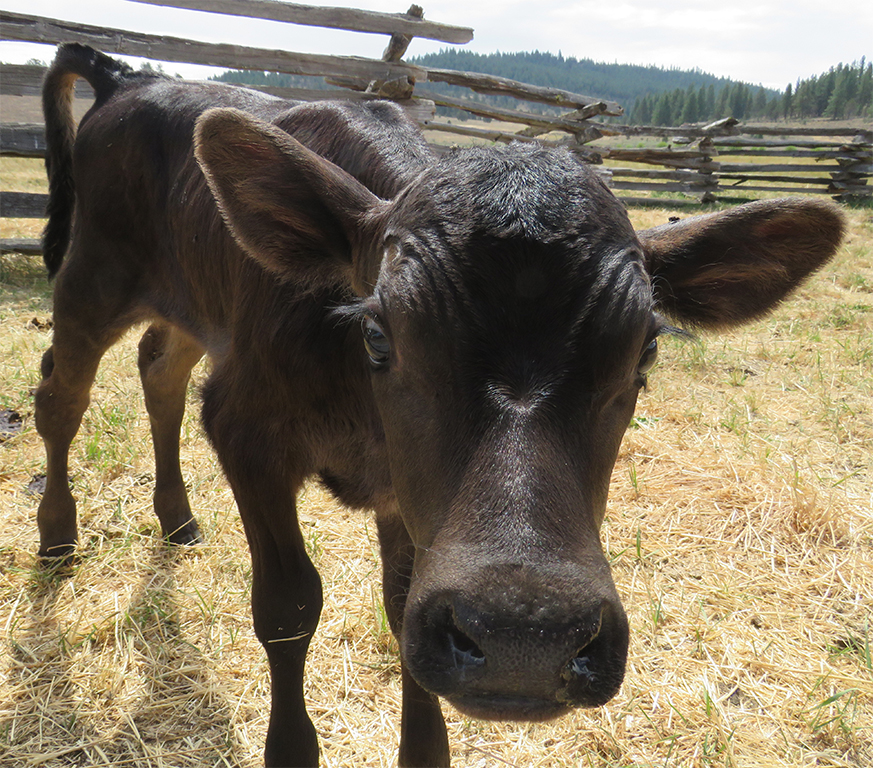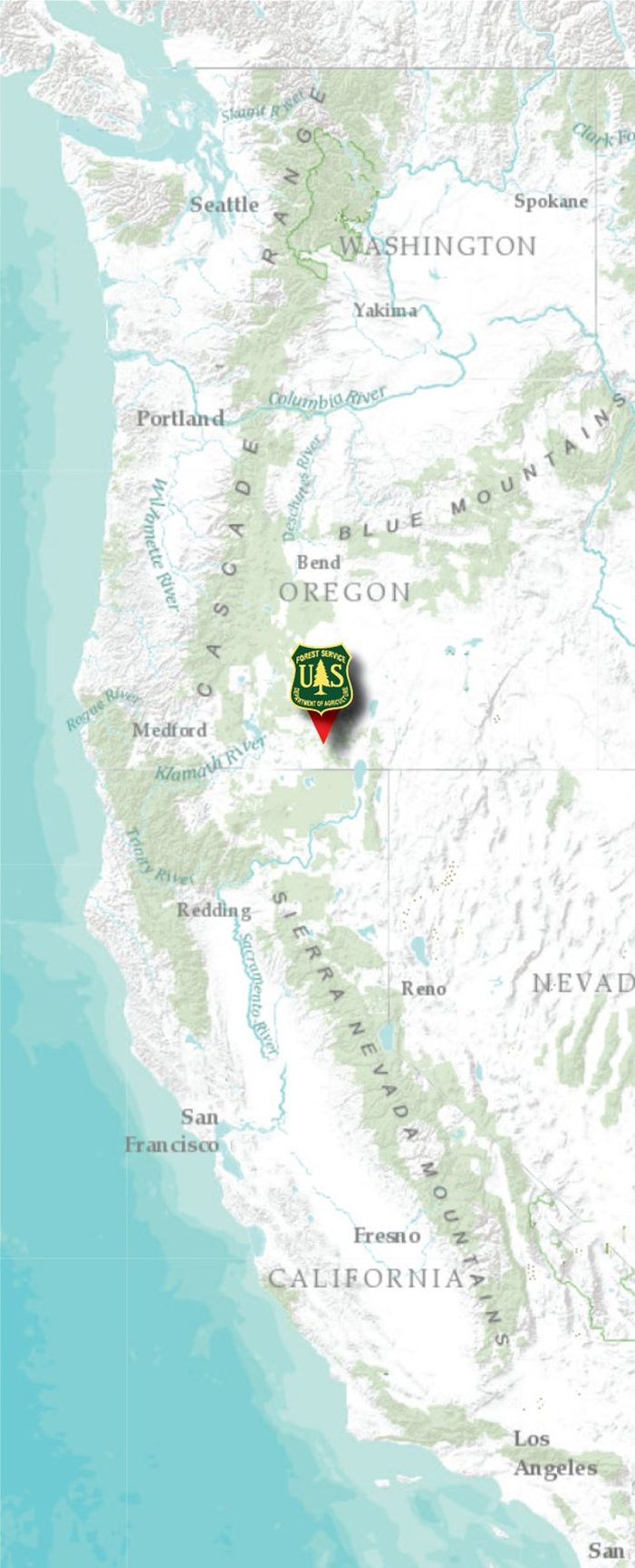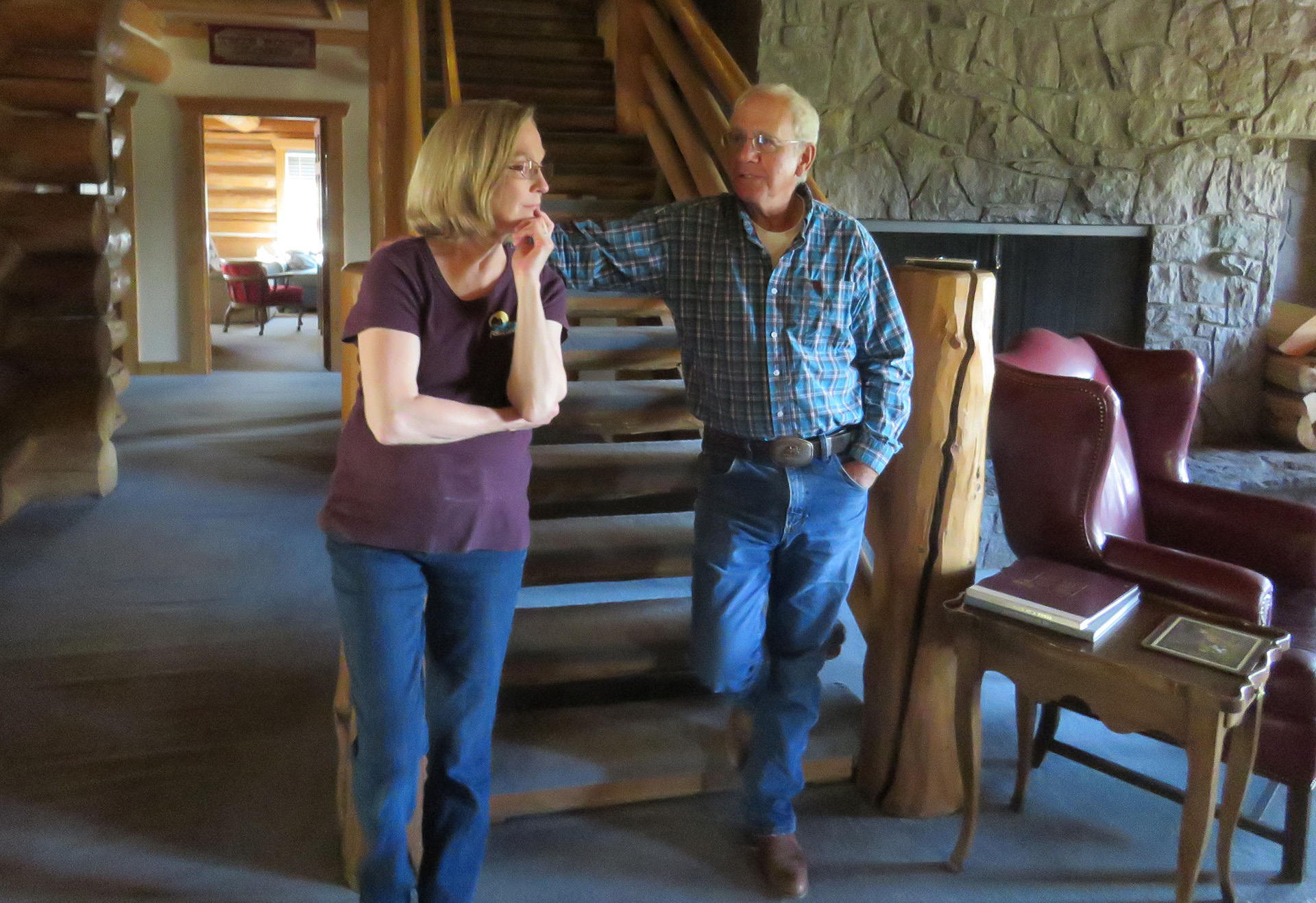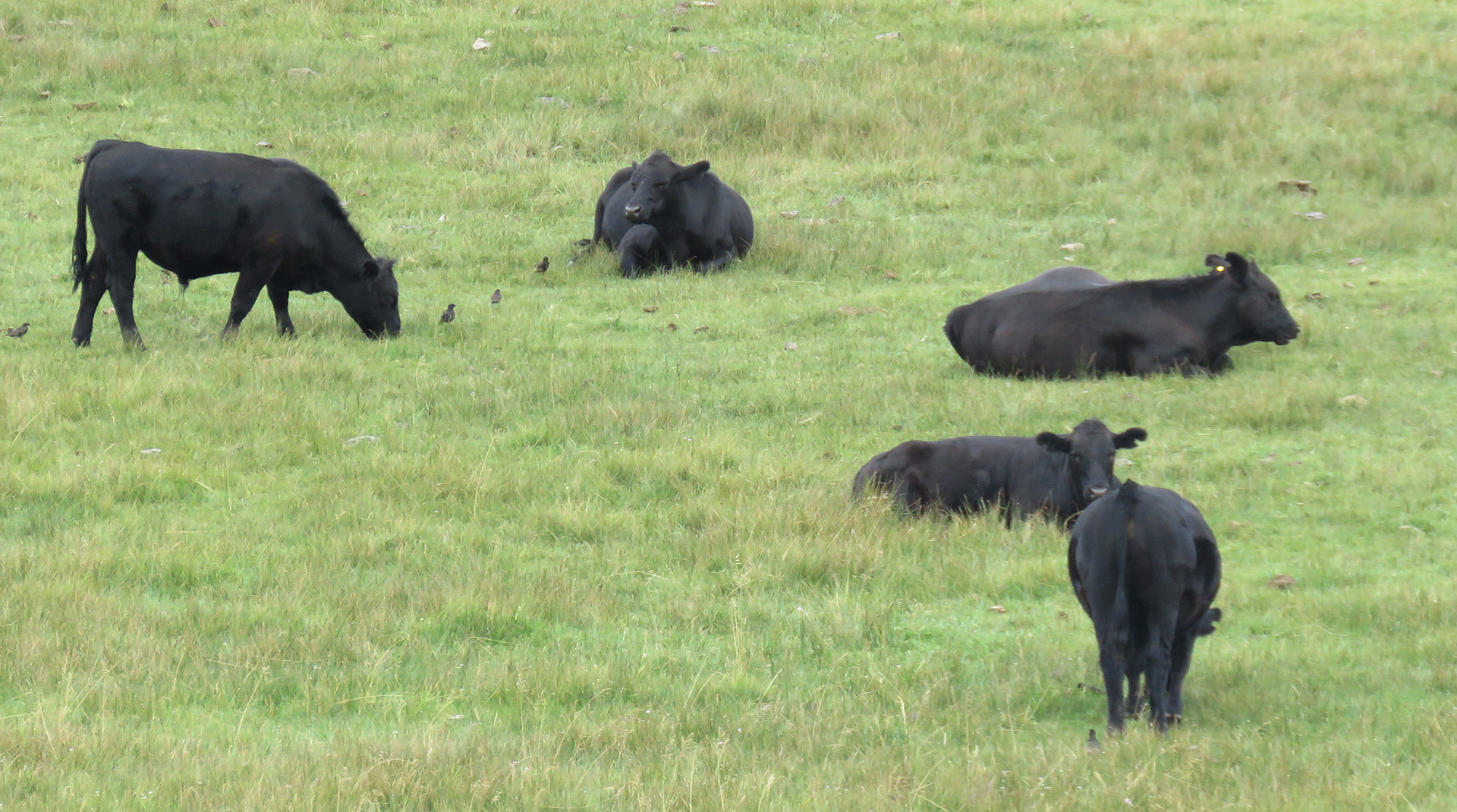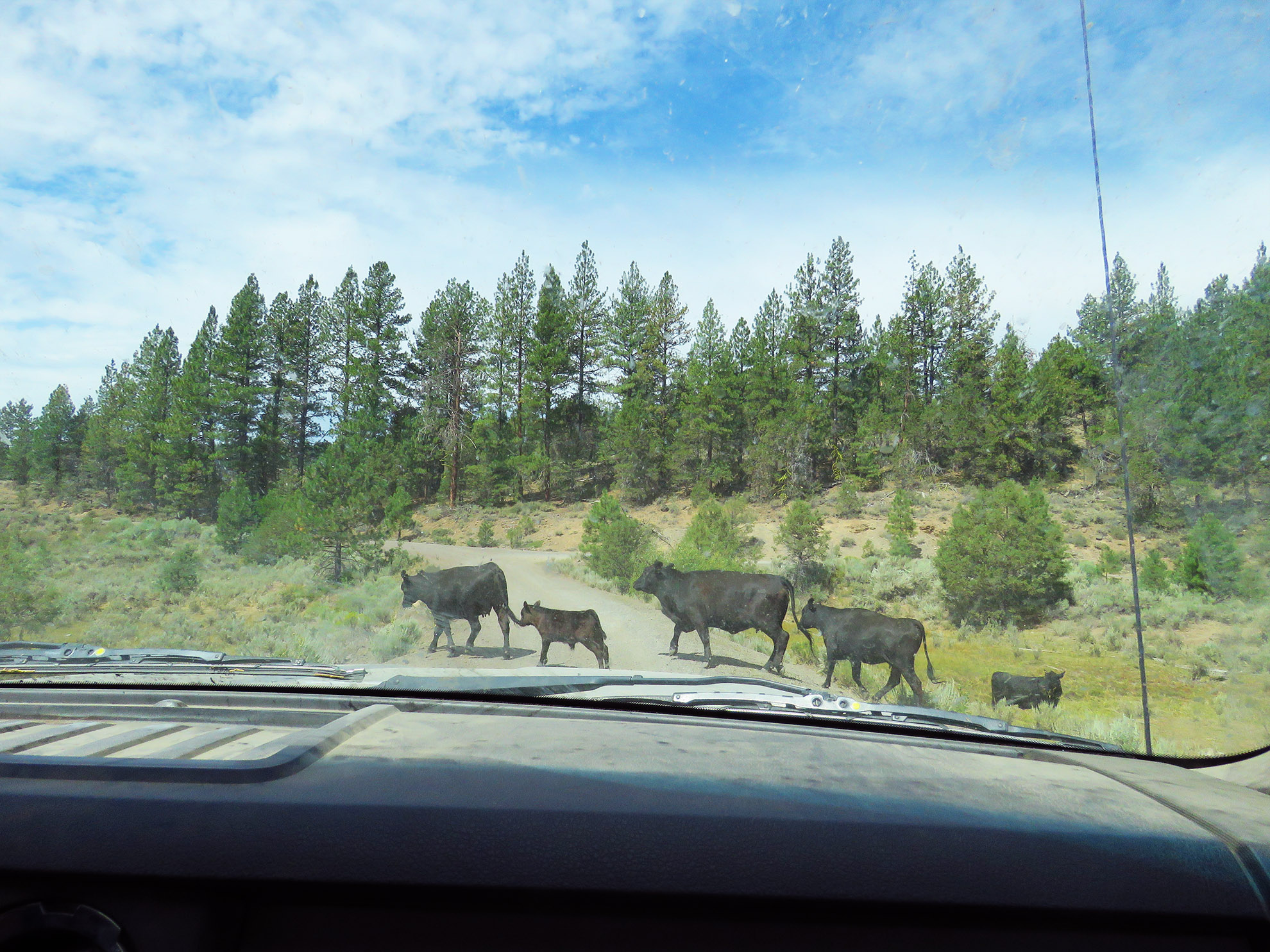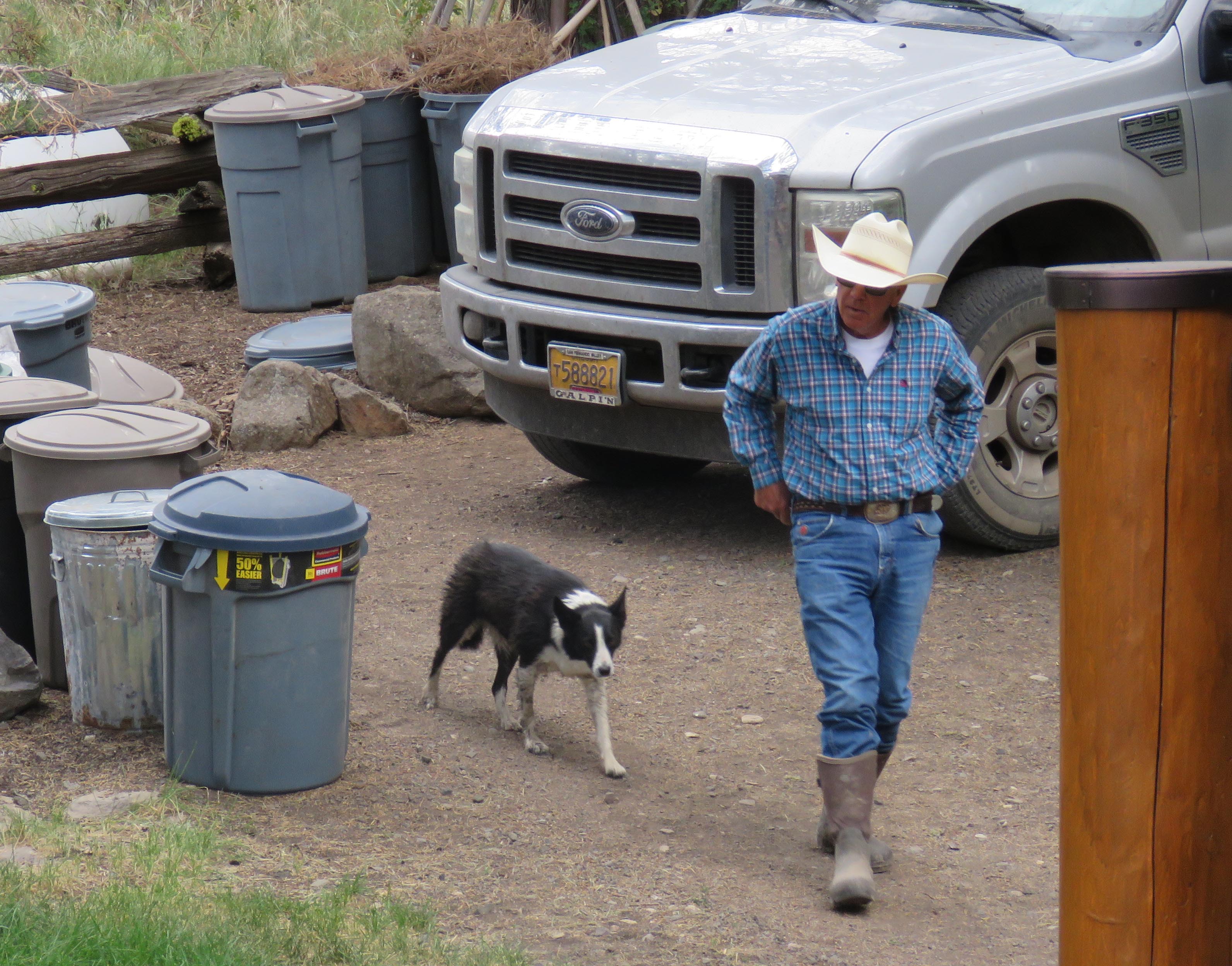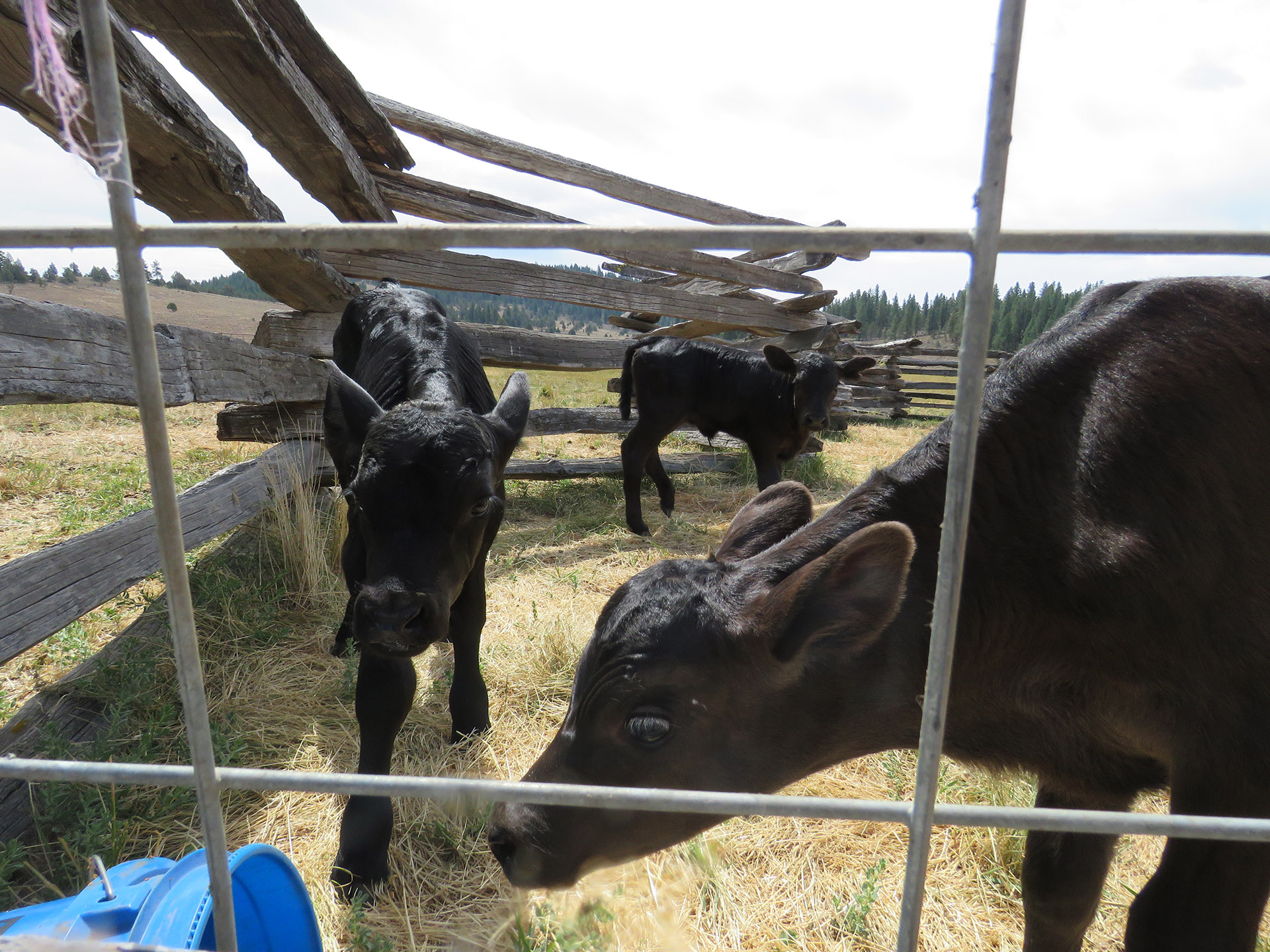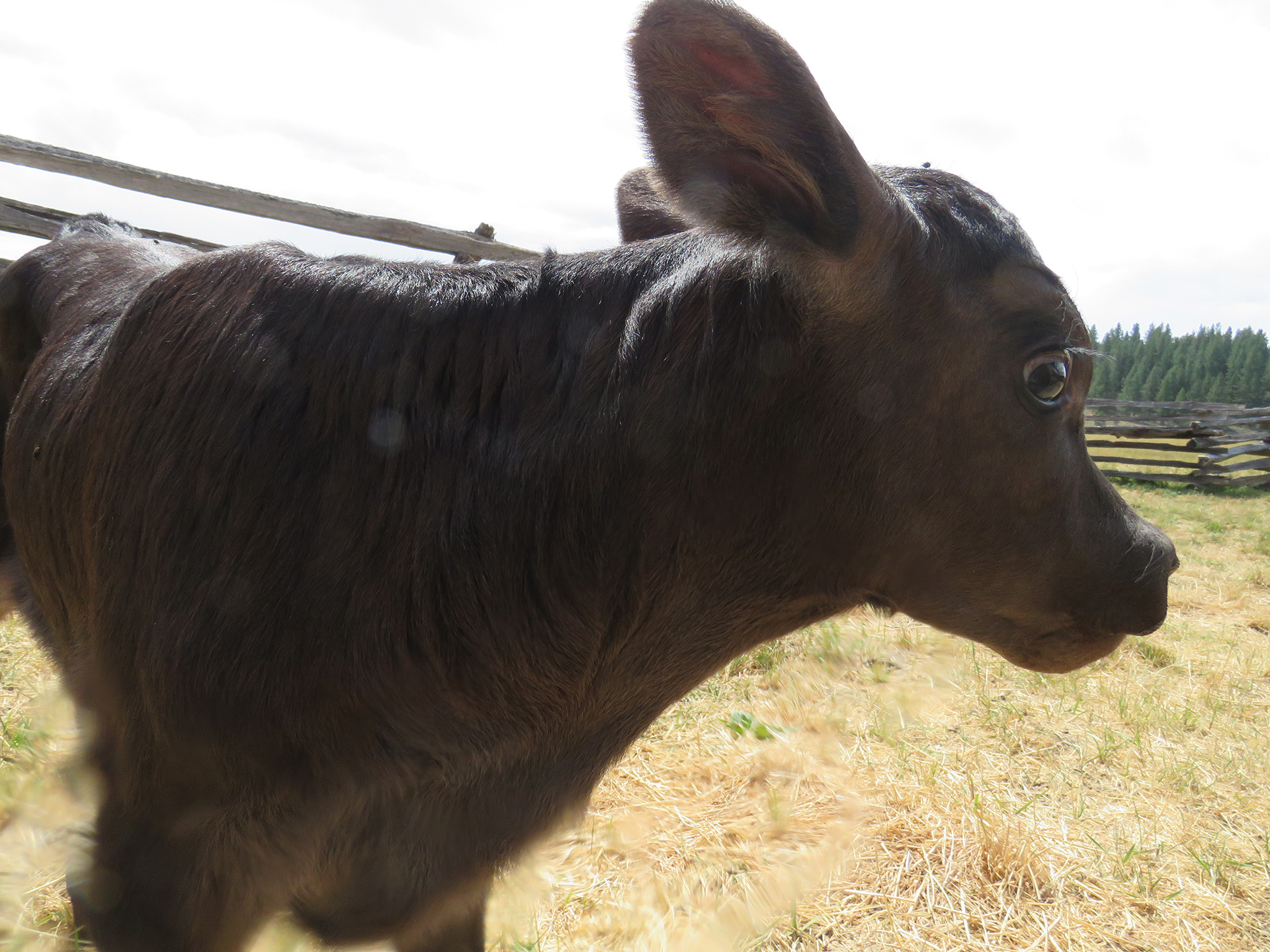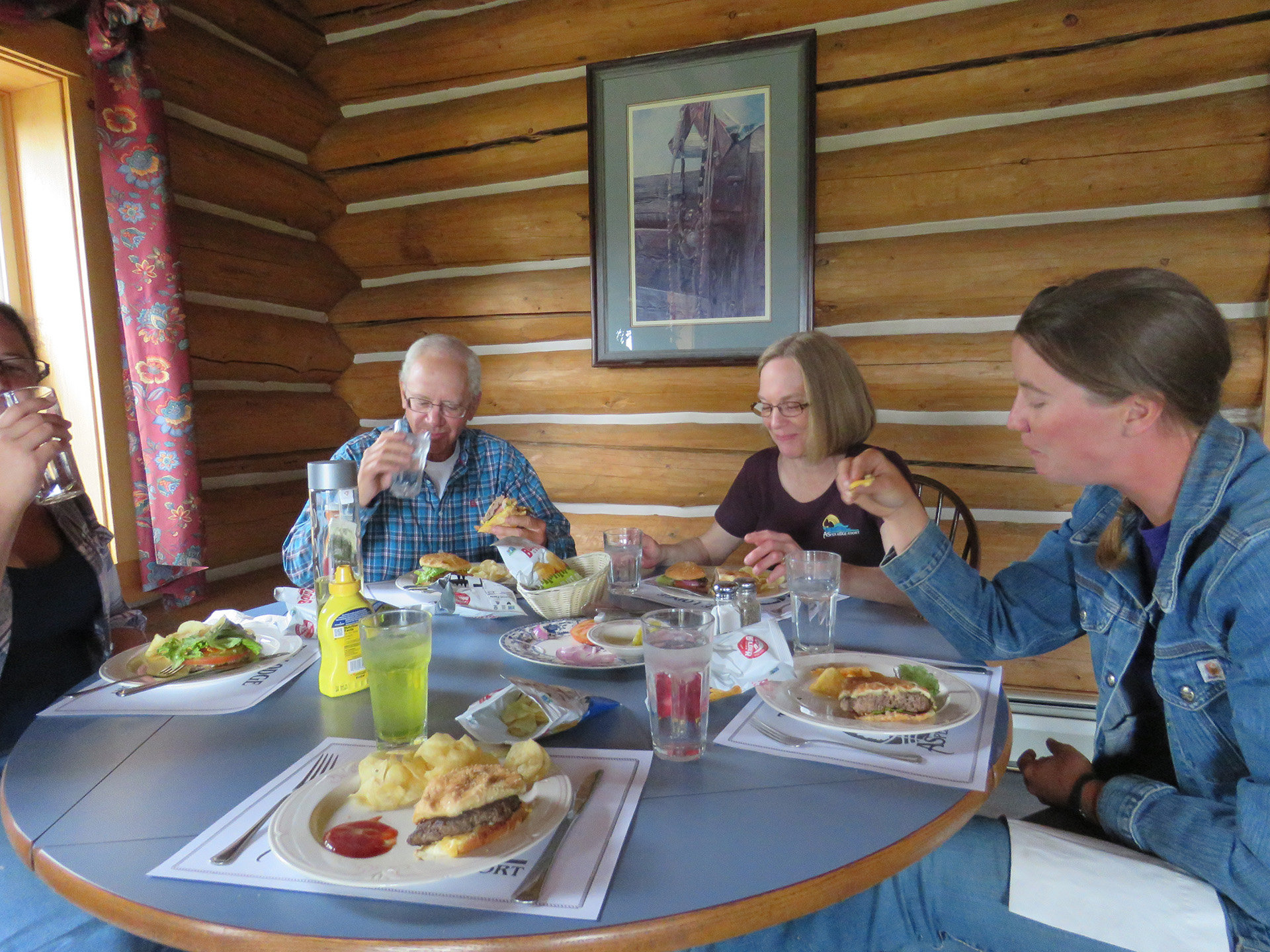From Forest to Fridge
How Fremont-Winema bred cattle are helping to feed America
The story of good beef is the story of America. It’s the story of hard work, livelihoods and how we are all tied to the land. It’s the story of interdependence; of rancher and truck driver, feedlot and farmer. Of gas stations and grocery stores, grain elevators and railroads; it’s part of the fabric and story of every city and small town that has, or has ever had a clothing store, a post office or a pharmacy lining their main streets.
But like any good story it has to start somewhere… and this particular story starts on a National Forest.
High up amongst the trees where Oregon reaches down to meet California and Nevada, the Fremont-Winema National Forest has long been home to a history of cattle and cattle ranching. In the lush meadows where the grass grows green and the waters flow clear, generations of mother cows have been raising and nurturing their babies to grow up big and strong. From spring into summer and on through late fall, beef cattle belonging to forest permittees like Steve Simmons and Eric Duarte can be found all throughout our National Forests, munching on grass and grazing between the trees.
“We’ve been up here a long time,” explained Fishhole Creek Ranch owner Steve Simmons from the deck of his privately owned Aspen Ridge Resort. “We’ve had this ranch since ’75, and we had a ranch prior to that in a town called Beatty, which is just west of us.”
Looking out at an expanse containing a couple hundred head of happy cattle, Fishhole Creek Ranch and Aspen Ridge Resort are surrounded by thousands of acres of prime meadows and ponderosa National Forest land just outside of Bly, Oregon.
“The ranch is about 4,000 acres, deeded, and then we’ve got a little over 11,000 acres on a Forest Service allotment that adjoins the property,” Steve stated as his wife Karen worked diligently to answer the phone and to take guest reservations. “We’re off grid and we’ve been running cows on the range for over 40 years,” Steve said, “And over the years we’ve kind of fine-tuned it; our cattle our basically a 3/8, 5/8 cross – 3/8 Gelbvieh and 5/8 Angus.”
A continental breed originally from the Bavarian region of Germany, Gelbvieh cows are known for being able to put on more muscle, while British breeds like the Angus are known for traditionally finishing with more marbling. With a hybrid set of cattle known more commonly as Balancers, they tend to do really well in that they mature earlier than most Continental breeds while still maintaining a moderate size.
“Our cows aren’t huge,” Steve said as he motioned out to the sea of cattle that extended off onto the horizon. “We calve our heifers at age two; they’ll get weaned coming out of California in May, and then they’ll go into a feedlot here sometime in early September. They’re finishing under or around 20 months of age which is pretty amazing at 1,300, 1,400 and 1,500 pounds, and last year our steers were graded 30% prime and over 66% choice. Our heifers were all 100% choice or better, so we’ve been raising cattle that perform well and yet are also very maternal.
And we’re able to that just because of the genetics.”
Helping Steve and Karen to manage the day-to-day operations of the herd, Ranch Manager Larisa Robertson can be found doing anything from milking cows to checking up on the fences, but her favorite is checking up on the welfare of all the new, young cattle.
“I love it,” Larisa beamed as we drove up and around the allotment on our way to viewing an unmanaged exclosure. “I like the cow-calf deal. There’s some guys that just do the yearlings; they buy a calf as an older calf, they raise it for a while, get it heavier and then sell it. That’s a yearling operation – they’re buying calves that are already weaned, they’re not dealing with the birthing and the babies part,” she explained.
“But I like that part of it, I like the cow-calf deal,” she continued, “because you see a cow, and she has a little calf, then you save that heifer calf and now she’s turned into a cow, and she’s having her own little babies!
I love it,” she exclaimed.
At the unmanaged exclosure, a fenced-out riparian area with wide streambanks and heavy erosion sits just out of reach for the cattle and their young calves.
“Up here we have what is called an exclosure, and it’s a mess,” Larisa explained as we surveyed the wild and often brush filled habitat. “It hasn’t seen cattle in decades.
But over here, if you get out and look, we’ve got stable streambanks. We’ve got aspen, there’s willows and the cattle are on it, and it’s all taken care of.
It’s a management tool,” she said while pointing out all of the lush and healthy habitat that was located on our side of the fence.
“Just on the other side of that fence there is the exclosure, and as you go along you’ll see the streambanks aren’t very stable and it’s definitely falling apart a little bit. It’s just brushed out, you know? You’ve got your creek that’s gotten real wide in places, the banks are falling off and it’s kind of a mess.
So it’s definitely one of those things,” she went on to say, “where cattle, if done properly, can be a really good tool for managing the range.”
Back at the ranch, Steve, Karen and Larisa took time to explain what was going on with the small group of bottle calves who didn’t appear to have a mother.
“I’ve got a couple of calves and one had been on a bottle,” Larisa said as we sat down to get ready for lunch. “It was real friendly, but the other one had been stealing from other cows – it had been a twin, and it had been stealing for a week and was making it, but it was rough.”
“You’ve got these cows and all of these calves out there, and then you’ve got some cow who ends up with two calves,” Steve said as hamburgers cooked away in the kitchen the next room over.
“And the cow doesn’t know she’s had two,” his wife Karen lamented. “She doesn’t necessarily know if she’s had twins; all she knows is if she’s being suckled or not.”
“So some guys will bring twins in to smaller pastures and then feed the heck out of them, because she’s been milking so much, trying to keep two calves alive,” Steve went on to explain as his calves grazed happily outside.
“A lot of commercial beef cows can’t do that,” he said, matter-of-factly. “It’s too hard on them, and they lose weight because they’re milking as hard as they can milk. So they need to be fed special, and it just ends up being a nightmare for them.”
“But it’s a live, little calf, and it’s… you know,” Larisa started to say.
“Yeah,” Steve agreed whole-heartedly. “So when we had six of them on the bottle, I was like, ‘Let’s go get a Jersey milk cow.”
“Most cows won’t accept other calves,” Larisa said, speaking from experience.
“They’ll say, ‘This isn’t my baby. I smell it, and it smells wrong.’
And then they’ll kick it off.
But my Jerseys have just kind of figured out the program, and with each one of these calves she’s just like, ‘I guess it’s mine, because it’s sucking!” (laughter)
“It’s just perfect,” Karen exclaimed as we fixed up our plates.
“All the cows are happy, and they’re raising calves that now get to grow and be part of our regular herd.”
